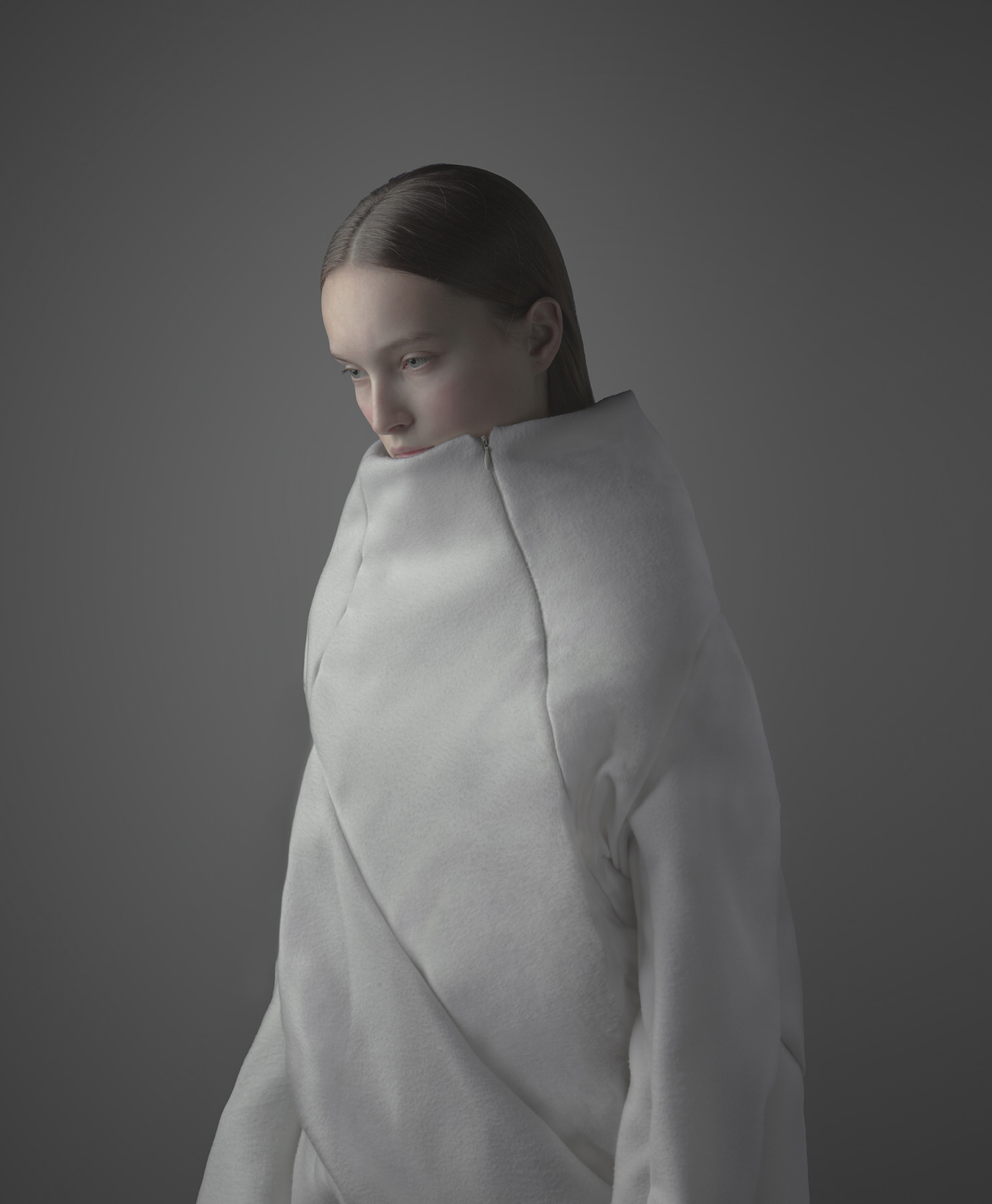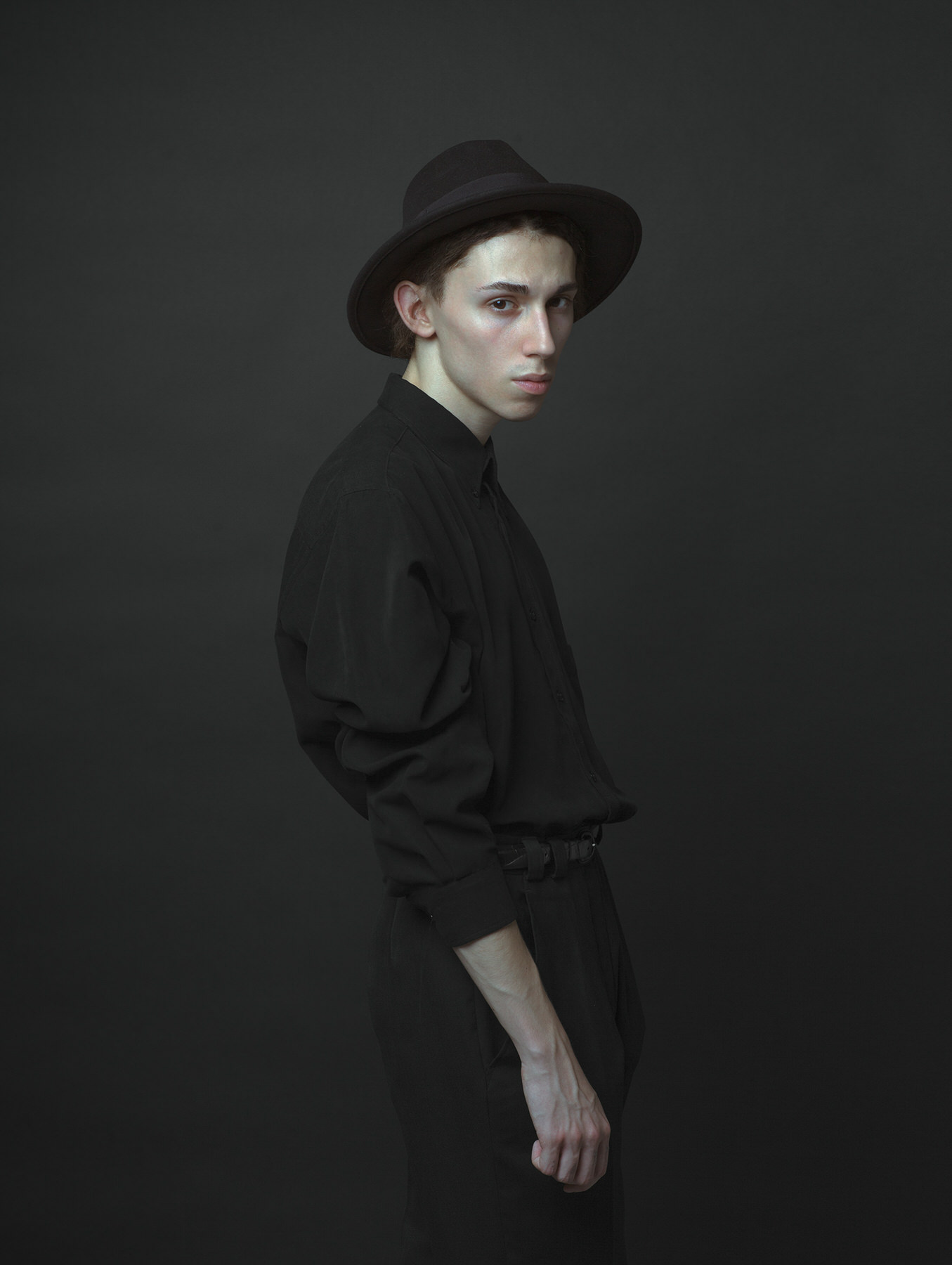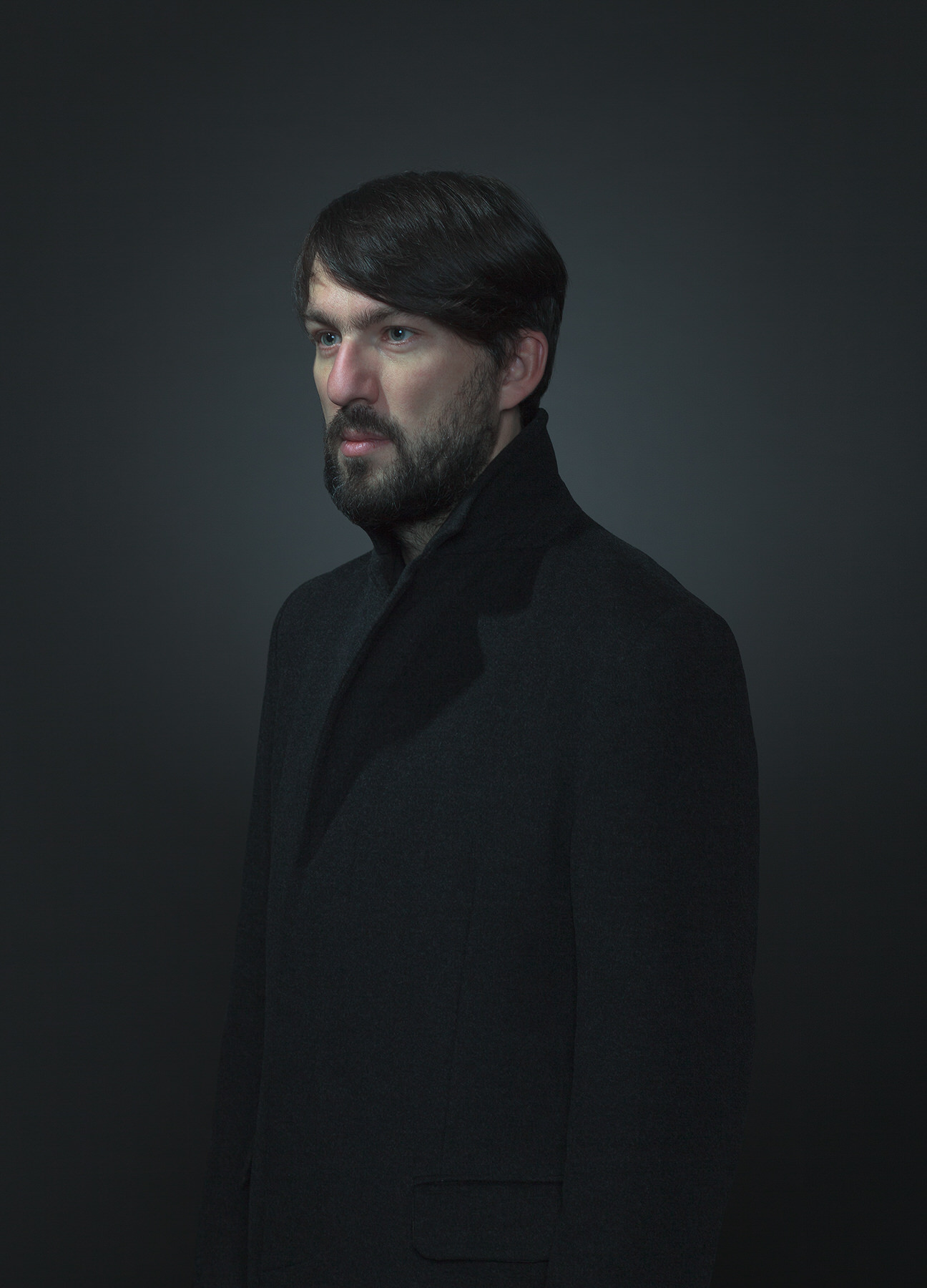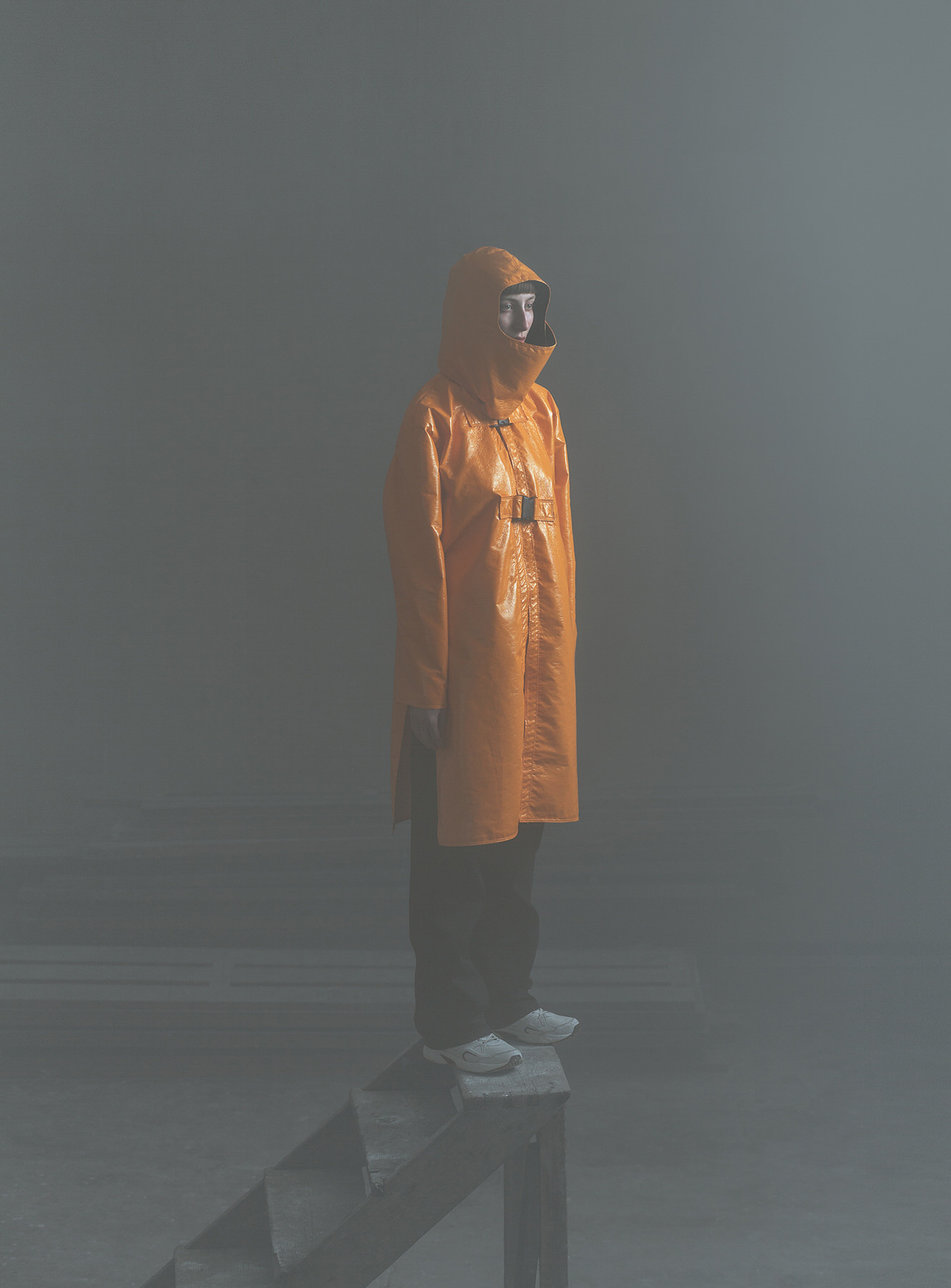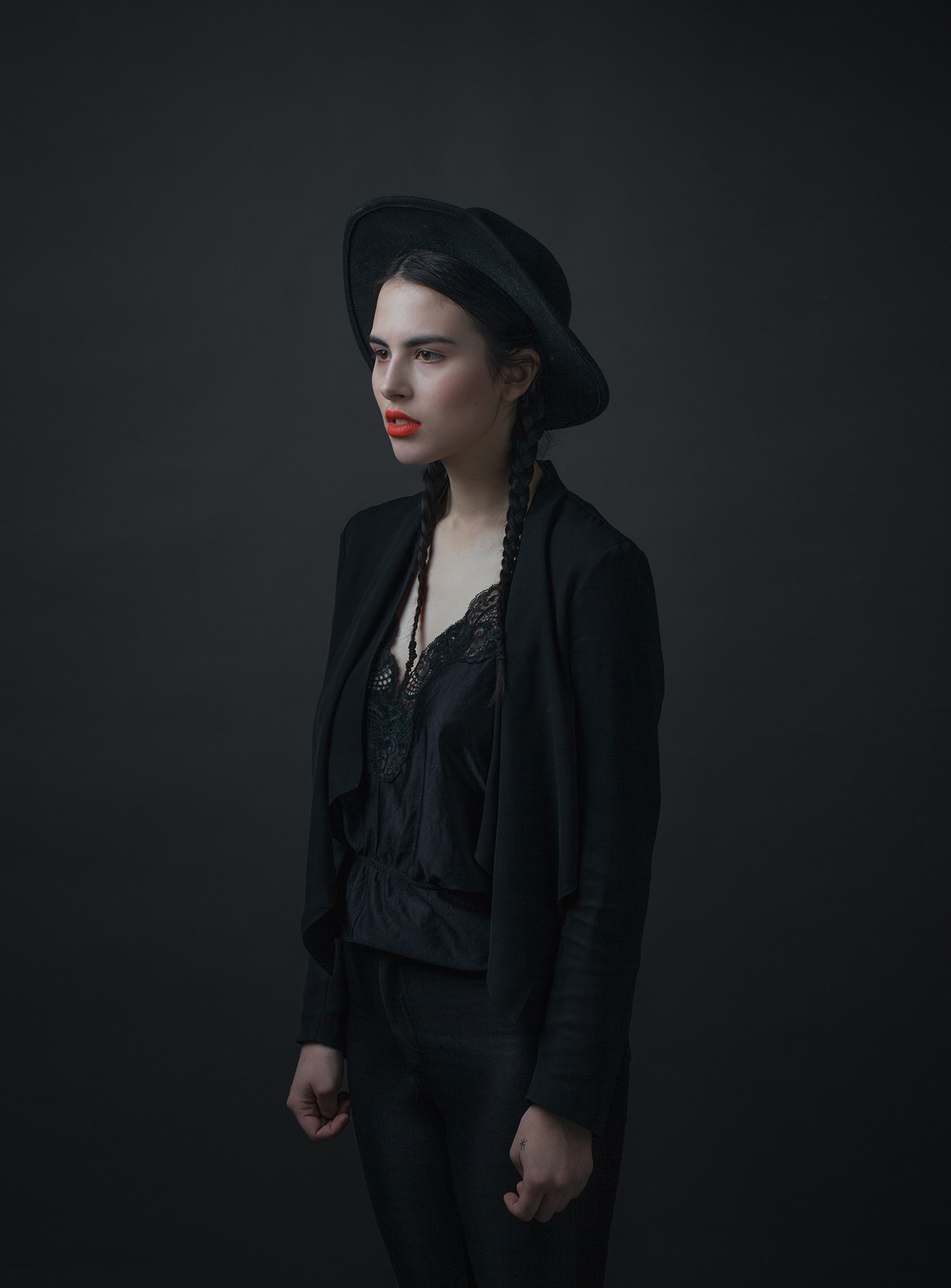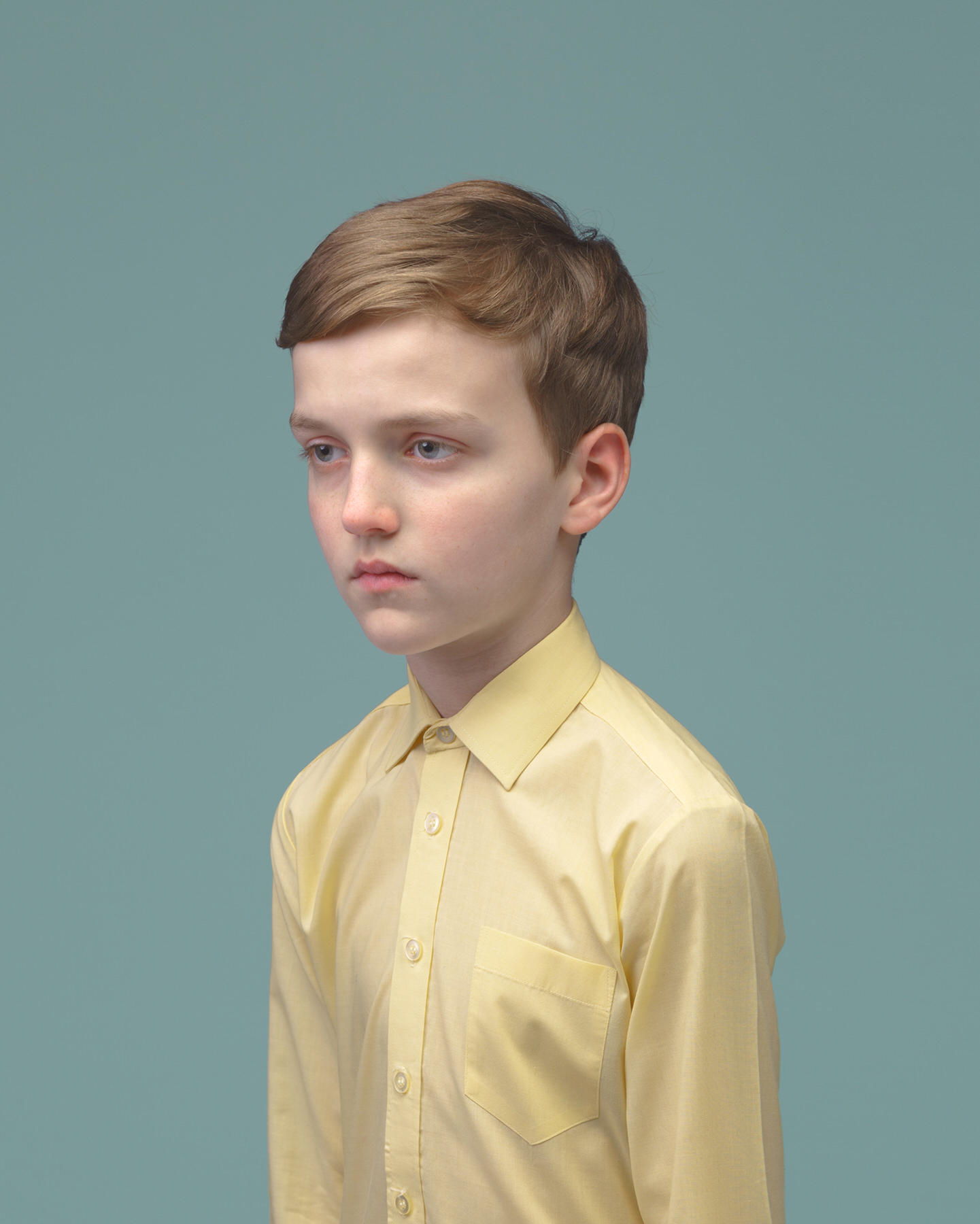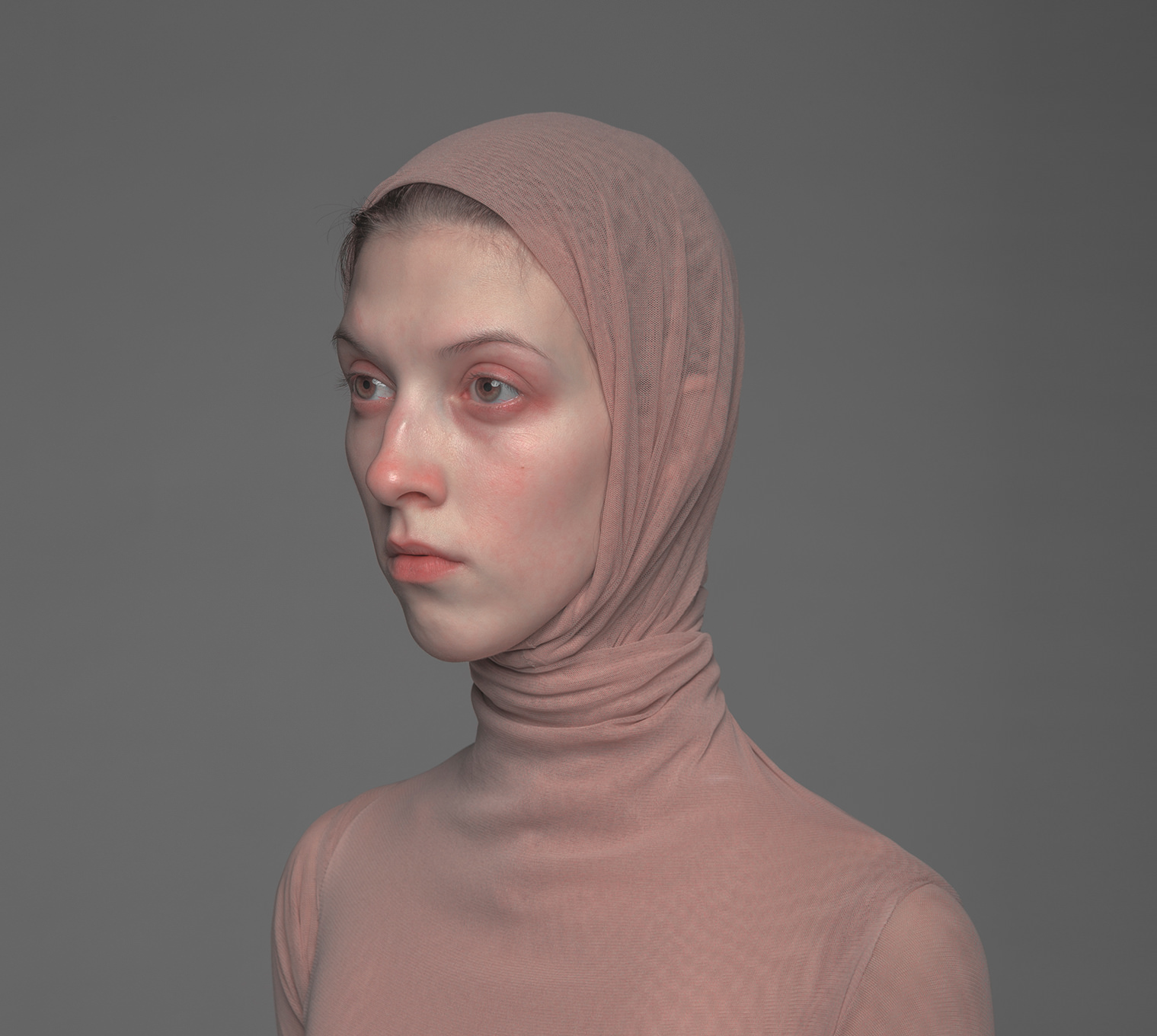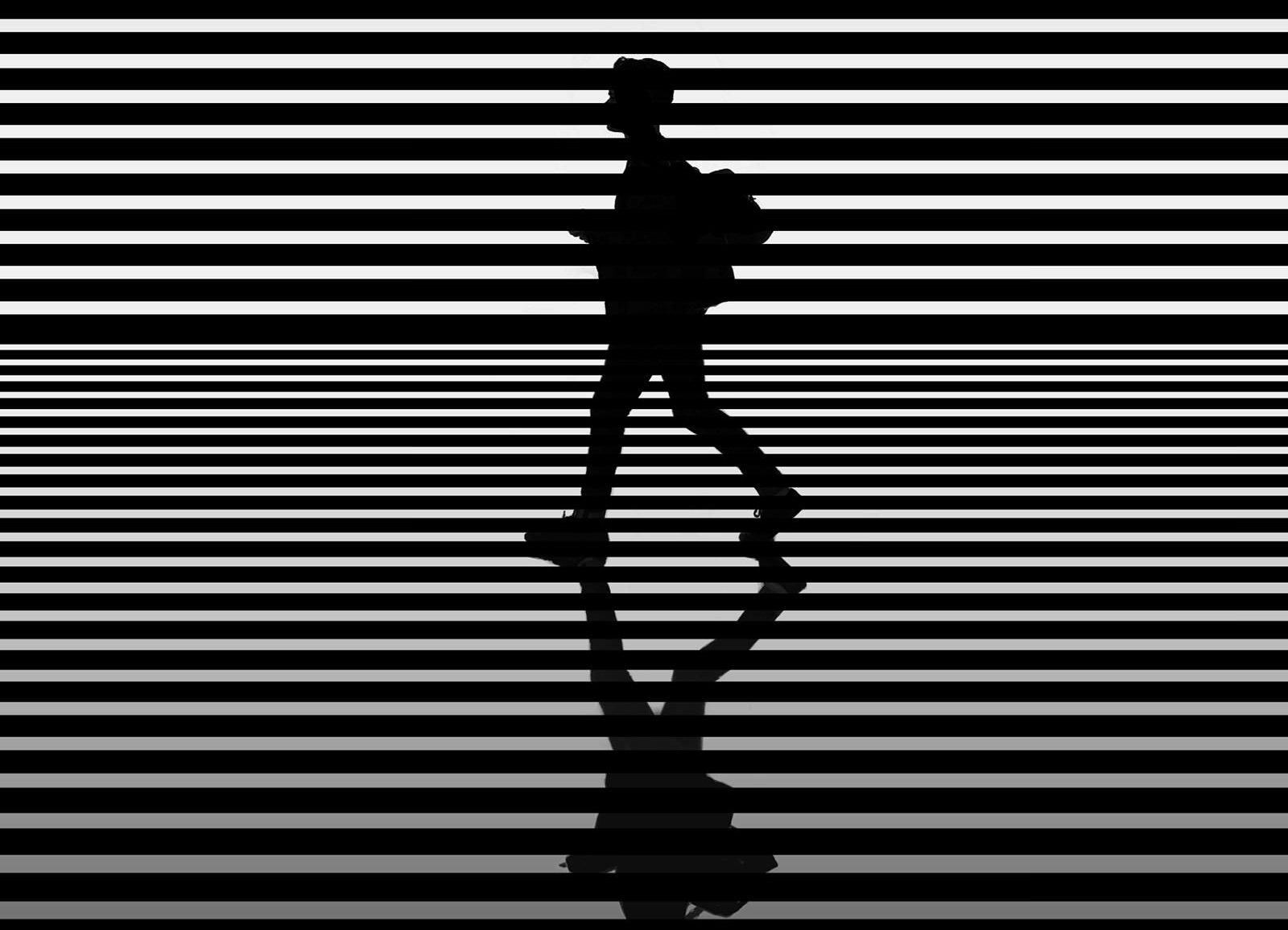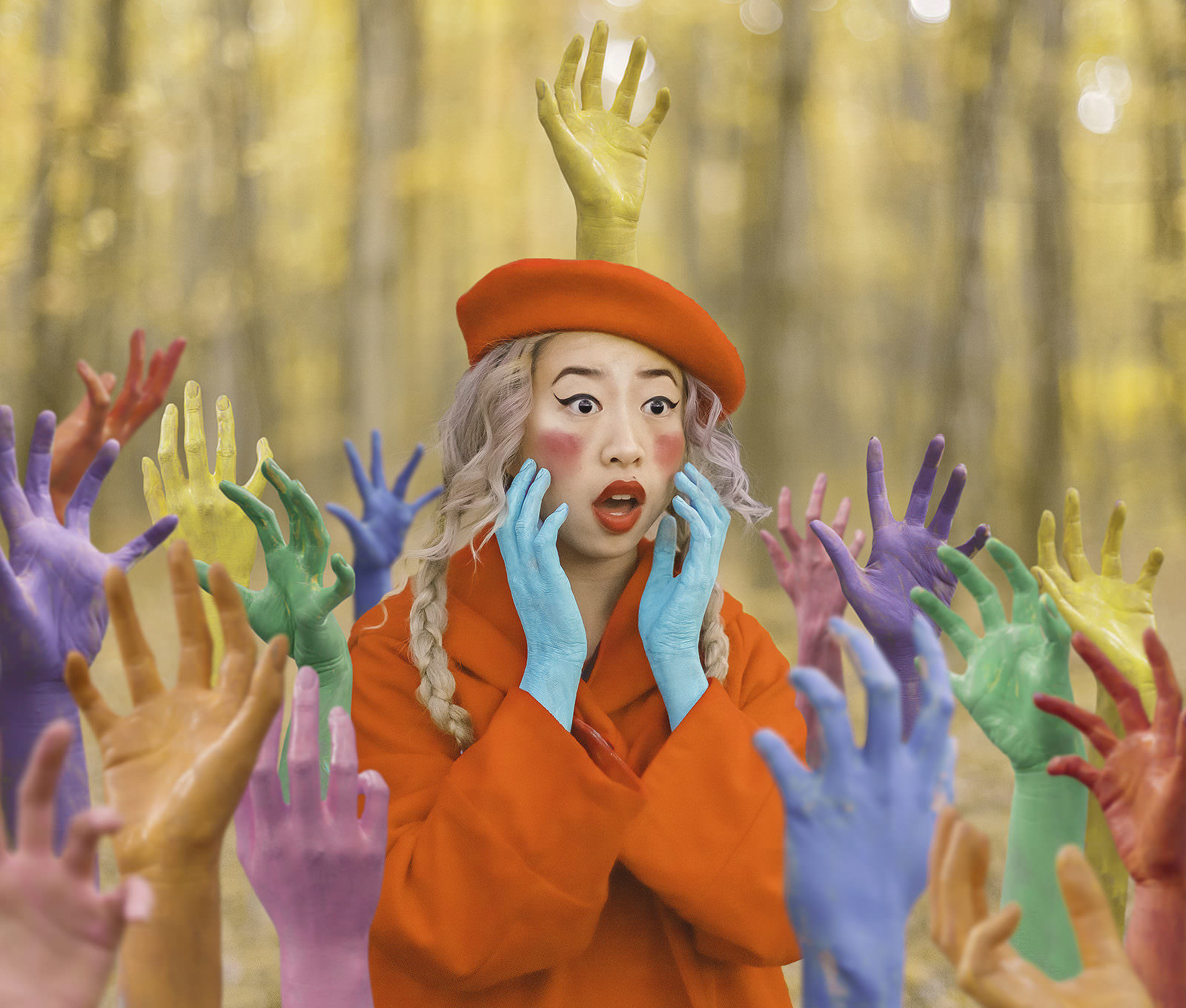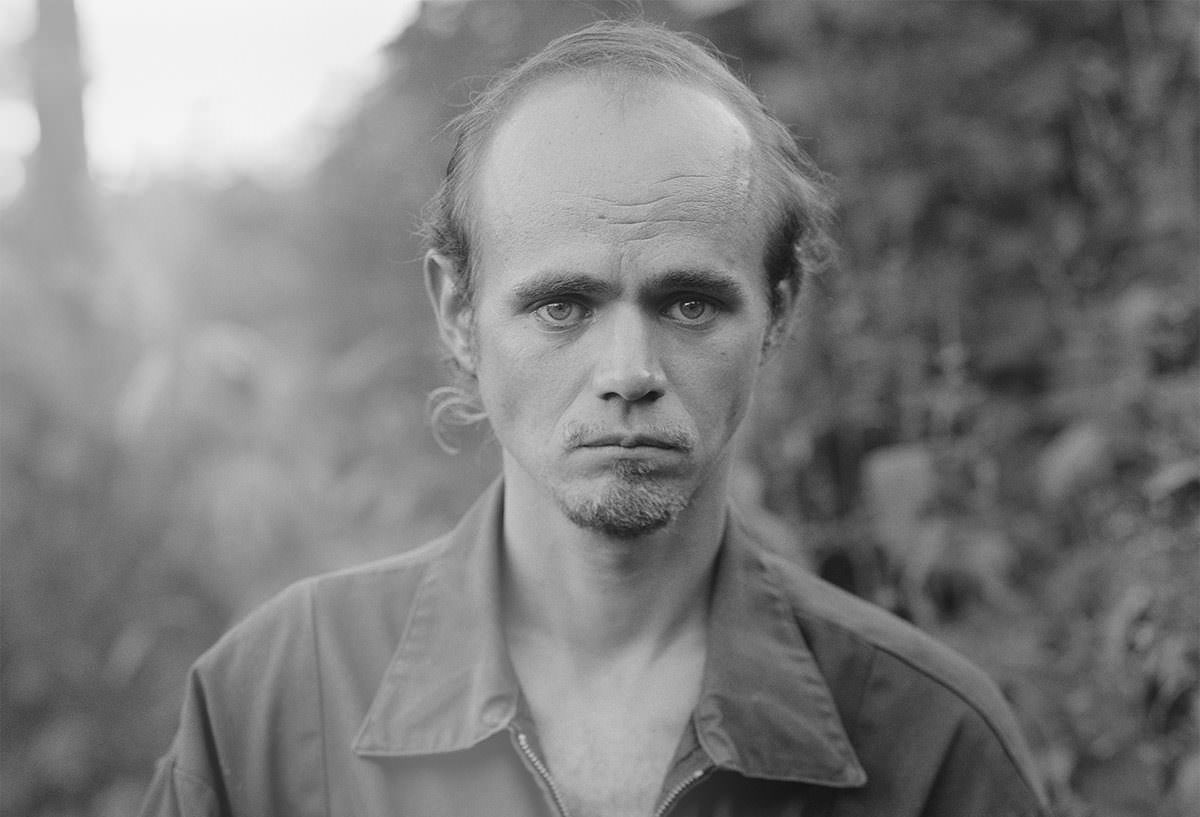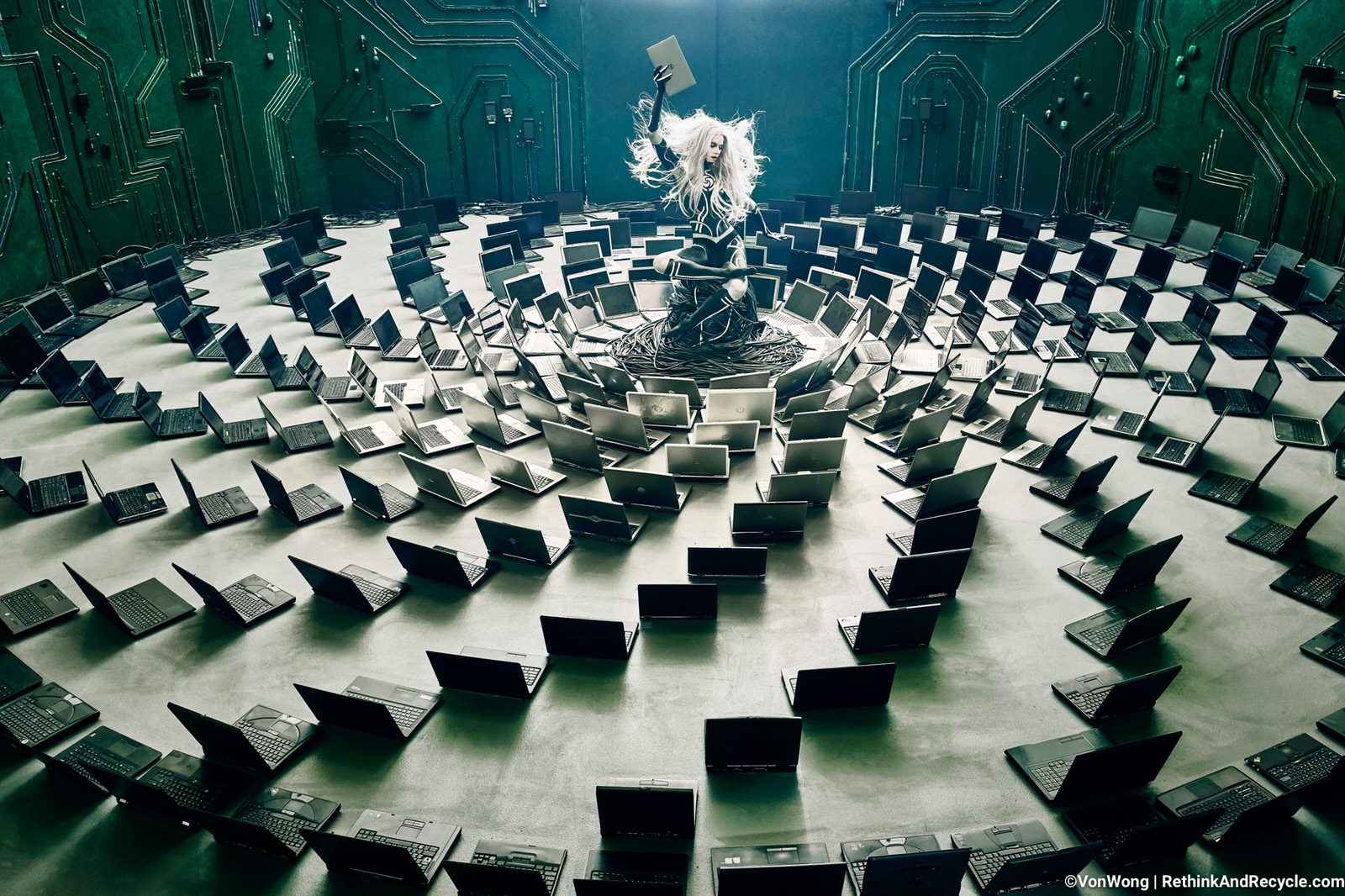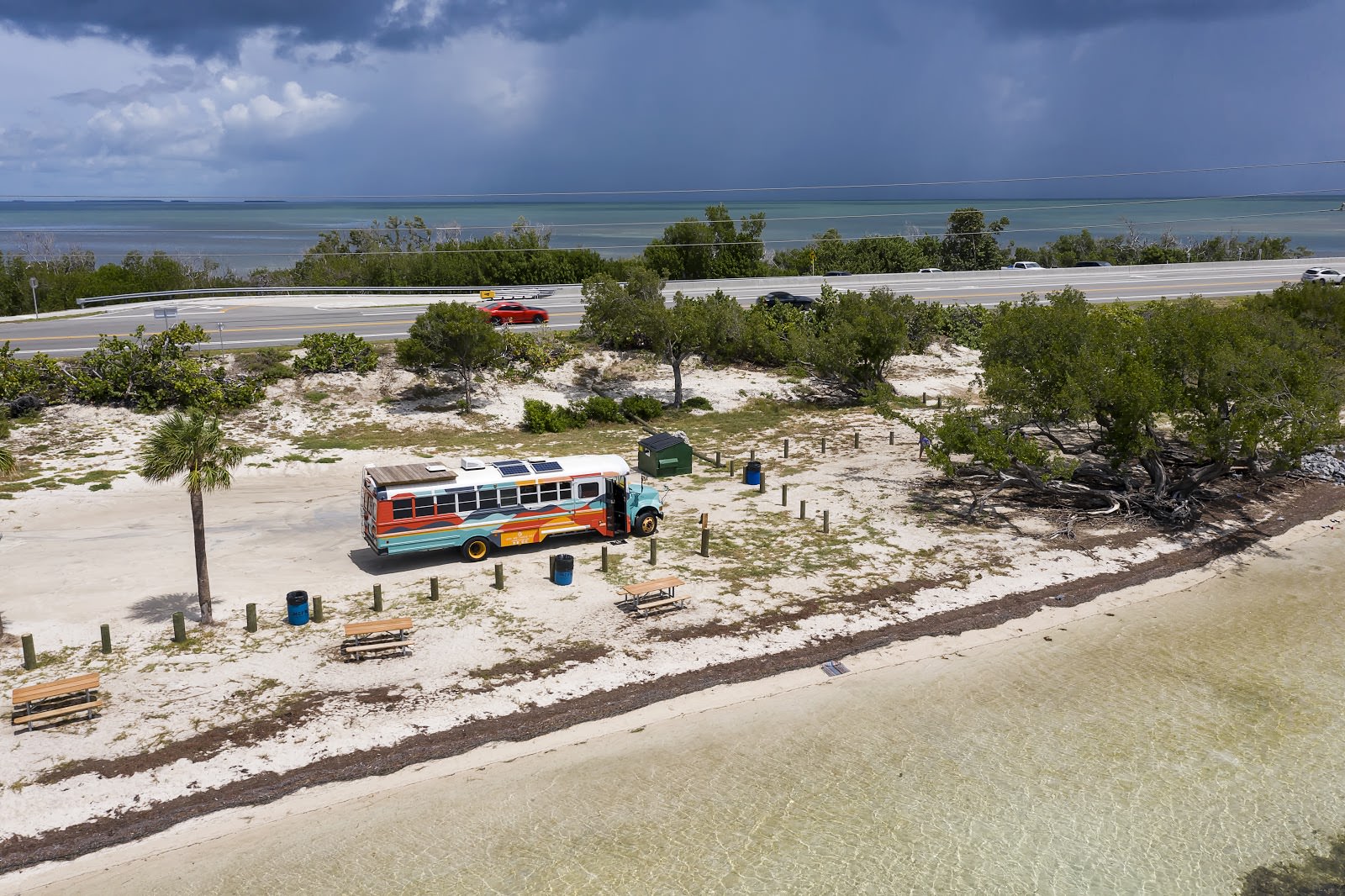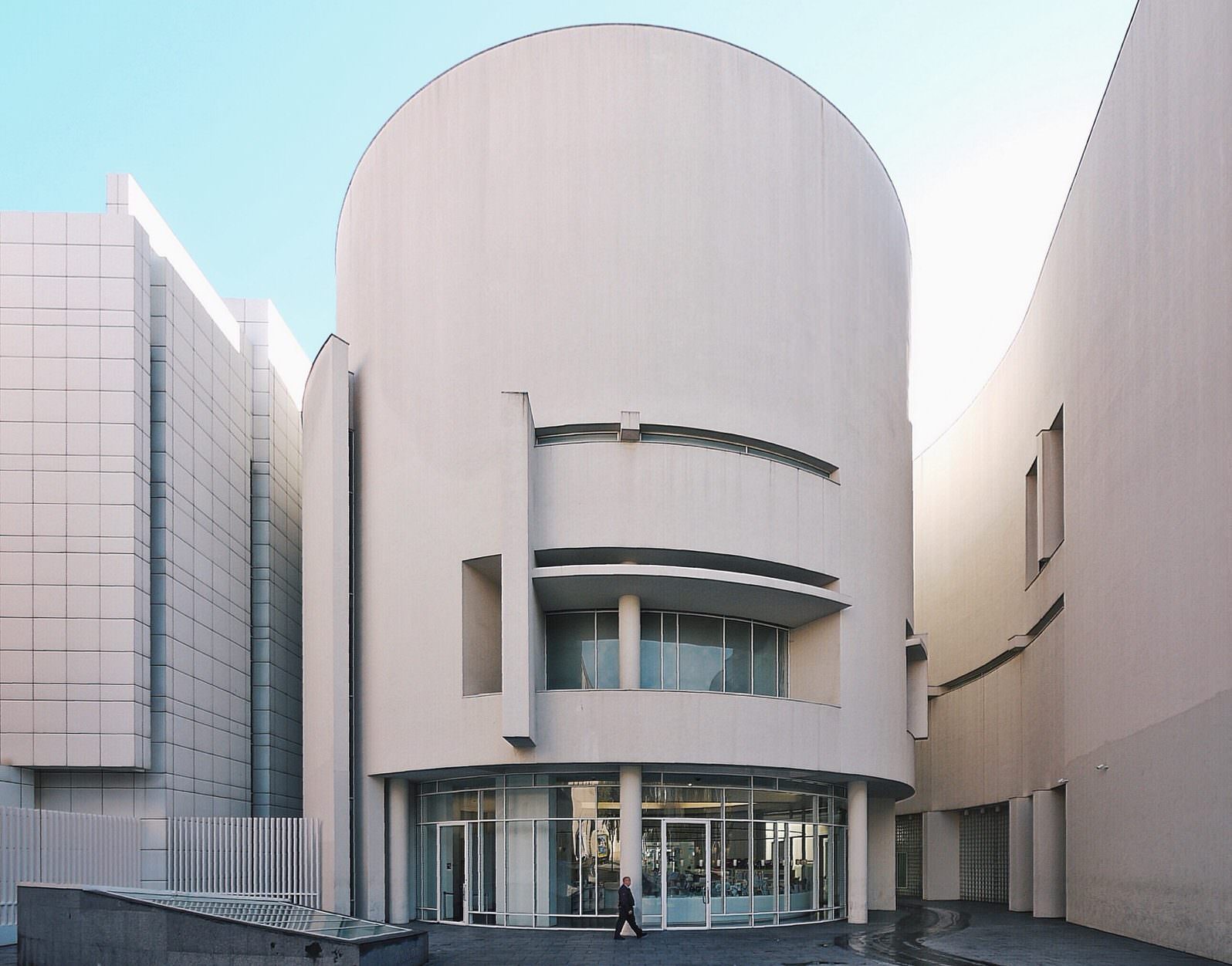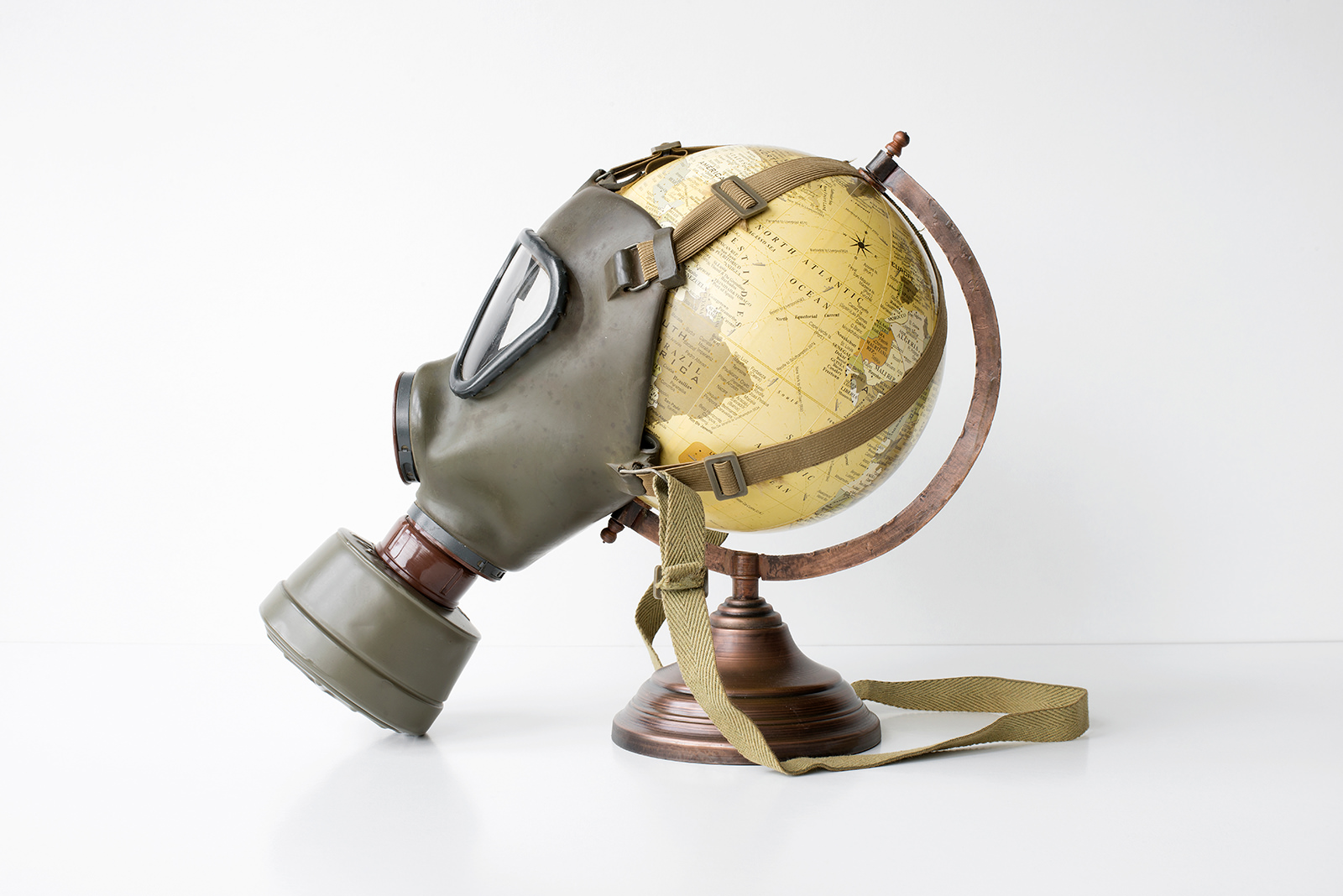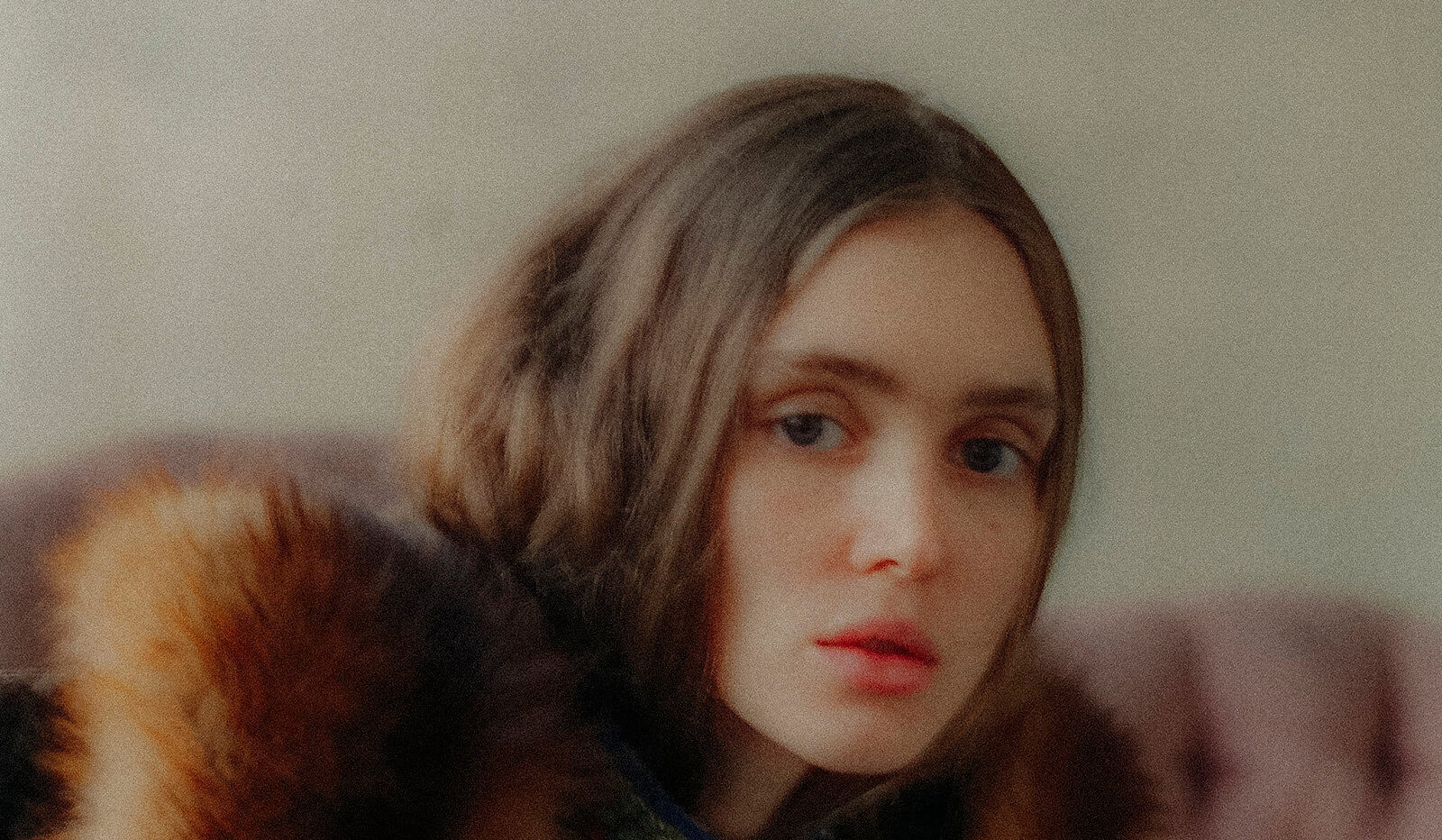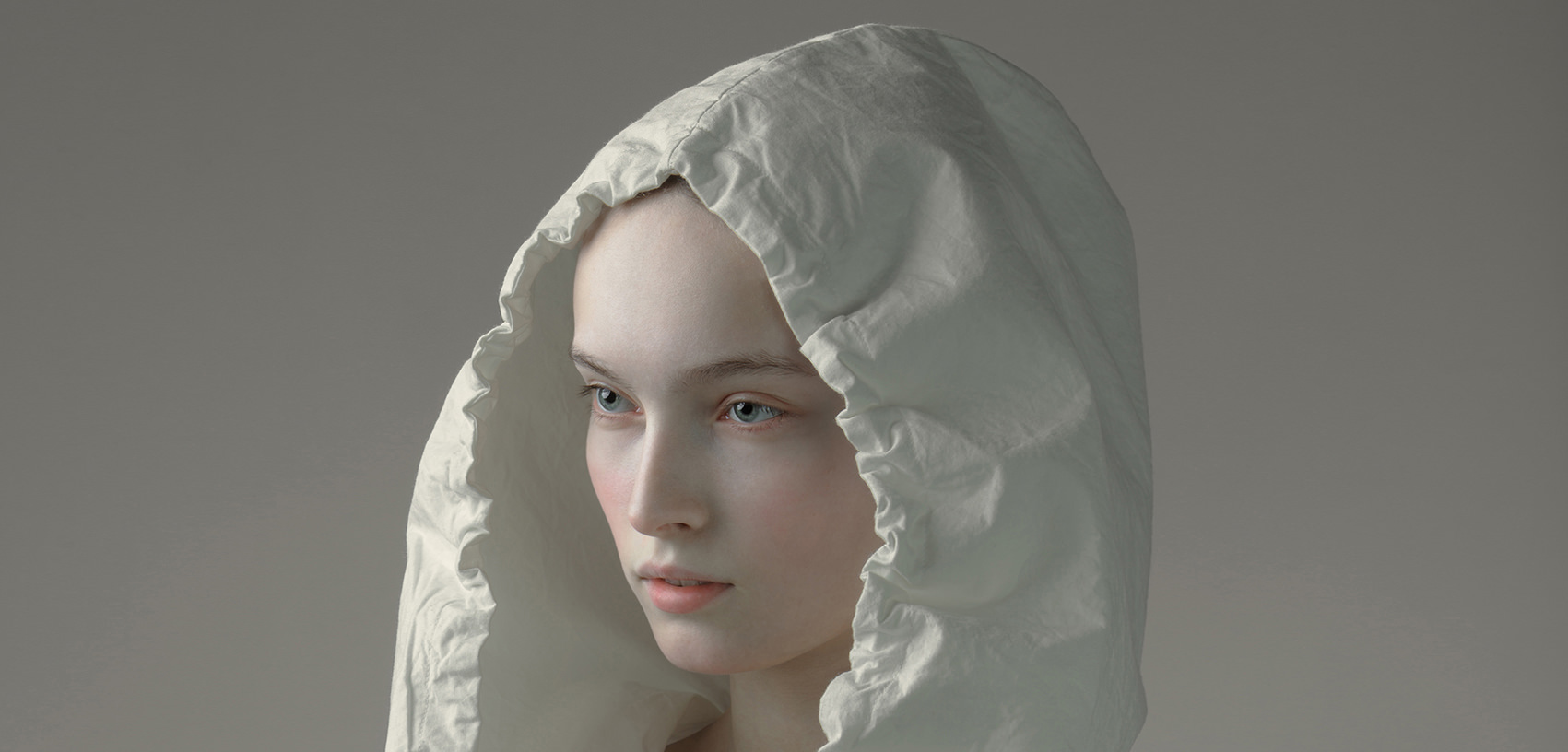
How Photographer Marek Wurfl Creates Photos That Look Like Oil Paintings
Marek Würfl is a self-taught portrait photographer with a background in traditional art. Based in Bratislava, Slovakia, Marek draws his inspiration from people, friends, and especially mysterious, unique or curious-looking strangers. In our interview, he explains that a huge source of his inspiration comes from art in any form, including paintings, illustrations, and sculptures; and he reveals that he sometimes stalks strangers on the street to ask them to be his models.
“In my portraits, I like to capture intimacy, calm and still moments of solitude, almost a voyeur-like view of the subject. I would like the viewer to feel like he is hidden, surveilling. Maybe for a moment, make him feel a little bit uncomfortable that he will get caught.”
Can you tell us a little about where you grew up and how you got started in photography?
Okay. So first of all, I would like to say this, I don’t consider myself a true photographer because I was drawing and painting from childhood, for as long as I can remember. That was what I was doing all the time in school. So I have a background in fine art. I didn’t study, but I could draw and paint really well. I did some airbrush paintings, that’s probably where I draw my inspiration from.
Since childhood, I was really amazed by early Netherlandish painters like Jan van Eyck and Hans Memling. That was something I was really drawn to because they’re really special. It’s not the same as, for example, Italian Renaissance; these are kind of strange, weird even, because the posture of the people in the portraits is not really a natural pose like in Rococo and Baroque, where the subject is much more in movement. [Netherlandish paintings] are very strict because they’re like sculptures. I was really drawn to this and my paintings and drawings are very similar.
And of course, I’m really fascinated by people, like faces. I’m always paying attention and when I’m on public transport, you know, I usually just stalk people! Like if I’ve found someone really interesting and even more, when he is weirdish, different, that’s something I’m really drawn to. Something strange and mysterious and really weird people! That’s my main source of inspiration.
I was always drawing people, faces, and painting. Then I saw some photographers like Erwin Olaf, Hendrik Kerstens, and Eugenio Recuenco. I was fascinated by their work because it’s much more like painting and it was something new. It wasn’t like the photography I was used to. This was something which was weird and, at the same time, I really liked it. So I was like, “Okay, I have to do this.”
At the time, I was working as a graphic designer, so I was quite good at Photoshop. I started to manipulate other people’s pictures, other photographer’s. I learned retouching mostly online, from online resources, online workshops and from retouchers such as Amy Dresser and PHLEARN.
I really started to observe. So I’m not really a photographer, I started seriously taking pictures in 2010. I wasn’t really sure what I wanted and I was just experimenting and then I realized okay, I’m going to do my own paintings and I just started taking pictures the same way I used to paint them. But at the time, I was doing professional retouching, like commercial retouching for advertisements, beauty retouching for other photographers. I was spending a lot of time behind a computer and retouching, so I’m kind of really good at retouching and that’s definitely something I use when I’m adjusting my pictures. I went from graphic design to retouching, then from retouching to photography.
Your portraits are often described as being like oil paintings. How do you capture that effect? Can you tell us about your lighting techniques, setup, and post-processing techniques?
Of course, there is a certain process behind that but the most important thing is you have to train your eyes. Because when you don’t train your eyes, it’s like you can watch all the tutorials in the world and you can have the best teacher and the best gear ever, and it’s worth nothing. When you train your eyes and your brain, you can do anything. So for me, I think the background in painting and drawing is really important.
First of all, lighting, it’s everything. You have to study the light, you have to really feel it. You really need to know what you are going to do with the light and you need to be aware of the shape, the face, because everyone is different.
Then, the styling and the model. I usually pick my models so they are already interesting and they already remind you of painting. Like their face could be classical. Some people have a really interesting face so you just need to use the right light and pick the most important part of their face.
It sounds easy but it’s really important to have all these ingredients. You have to have the subject first, then you need to have the right light for the subject, and of course the right clothes, the right styling, and environment, or in my portraits, background. So that’s a really huge part of it. And then, straight out of the camera, it looks great already because of the light, because of the subject. The light is paramount.
And then the post-production, the retouching, of course, is really important. But without these steps, if you just take the post-production, it means nothing. It’s just like if you put salt on an empty plate. When you don’t have the ingredients, when you have, excuse my French, shitty ingredients, it doesn’t matter if you have the best topping or the best spices in the world. I see a lot of people on my Instagram profile writing me, asking “Do you have some Lightroom presets or something?” Well, I don’t, because with Lightroom presets, it never gives you the process. You have to have all the ingredients.
I use a combination of Lightroom and Photoshop. It took me maybe seven years to really find the right post-production, right workflow and figure out how to achieve this painter look I use on my pictures. It wasn’t easy. It was a struggle, and it wasn’t my goal. I watched like 100 million Photoshop tutorials and webinars and retouchers and everything, but in the end, it was the paintings in galleries and museums which led me to my post-production. I was struggling with this digital, contrasty look. I didn’t like it. That’s a problem with digital, it has really strong contrast and really black shadows and it’s not pleasant.
If you look at your skin for example, your skin is really smooth and if you just pay attention to someone, his face, you see the skin is really smooth. If you’re taking a picture of a woman, her skin couldn’t be contrasty because that looks ugly. Skin is really a perfect smooth gradient.
When I realized this by studying the paintings, I was trying to reconstruct the same thing in my post-production workflow. So my post-production workflow is I open my RAW file in Lightroom and I adjust the contrast. Usually, I take the contrast down and I watch the skin to see if it looks natural. I usually pay close attention to the subject I’ve photographed and I try to remember the skin, how it looks. The color, the small subtleties in color differences on the skin.
In Lightroom, I take the contrast down and I take the blacks out. After I feel that it looks really close to the subject’s skin, I will take it to Photoshop. I don’t really make a huge adjustment in Lightroom, I just adjust the overall contrast. I go to Photoshop from Lightroom and open it as a smart object. Then, in Photoshop I have the option to go back to the RAW file. I still have all the information, all the transitions, all the fine gradients in the file and if I’m not really happy, I can adjust the contrast, but I’m still doing this in a RAW file.
I use Photoshop and not Lightroom for this because I can add all these adjustment layers and go back and work on the contrast and colors one at a time. And I have a really good overview of what I did and I can turn it on and off, it’s really easy to go back. Usually, everything I do, I overdo it. And the next day, when I see the picture, I say, “Oh, that’s too much.” And it’s really easy because you can see your work in all the adjustment layers and see the point where you started to really get lost. That’s why I use Photoshop and not Lightroom for the finishing touches.
I really like what you did with your “Polluted” series. How did you recreate that vision?
Actually, that’s quite new. We shot it like a year ago but for me, it’s quite new. It was shot as a kind of fashion editorial for my friend, a young fashion designer. She had this school project and she wanted some pictures. The inspiration came from the clothes. I saw the clothes and there was this [white surgical] mask. This reminded me of what I had seen in Asia, where it’s common when someone is sick to wear a mask, especially in China or Japan. And then, there was this hood. So I was like okay, it really looks like some workwear or something you use when you work in polluted conditions.
The inspiration was a combination of the clothes and the place. I visited this place my friend just rented and it was a huge space. It used to be a studio of an artist. He died and my friend rented the studio and it was a really ugly place with dirty walls. And I was like, “I love this, we have to shoot something here.” I didn’t know what. Then my friend came to me with this school assignment and I was like, “Okay, we will shoot it here inside and we will use artificial fog to create a polluted country look.”
You have quite a few that look like they’re shot in factories with factory workers, even outside of the “Polluted” series. One in particular that I really like is the older man with the white beard and the white hair.
Yeah, that’s one of my favorites, I have to say. It was like a five-minute shoot because he really is a worker. It’s not staged at all.
This is part of a series of portraits I did called “Solitude.” I had a studio in an old factory used to produce thread for sewing. We had a studio there and I was there like six years. It was a huge place, a lot of studios, architects and designers, photographers. And this guy, he was in some lost, underground space and, I believe, he was creating some furniture or something. I met him there. He was hard to interact with, so it took me like two years to find this moment, to grab him and take this. His face, it was really strong. It was the moment which I described earlier. I saw him and I knew I had to get a picture of him.
That was a one-time thing with this worker. But workers, they usually are really, really good subjects because they are dirty and gritty and usually someone who works hard all his life. You can see it in his eyes; it’s strong.
Is it just about seeing someone and knowing in that moment that you want to photograph them? Or, do you have any particular habits that are a part of how you begin your creative process?
The process of the “Polluted” pictures were done completely different than, for example, the portraits for the “Solitude” series. Sometimes, I see something. I can be inspired by anything, like a place, people, fashion I see on someone or by a movie, a painting. A lot of my inspiration is from painting, as I said, even illustrations like children’s books. I don’t have an exact process. Sometimes it’s this, sometimes it’s that.
When I start shooting, I already have visualized it. For example, with this old guy with the white beard, I knew he had these blue working clothes. I really liked the blue with this white beard. It was a really nice color contrast and I knew it was something that would work. So I used a similar blue background. Like a green background, yellow background or even a white background, it would not be that interesting. So usually, I already pre-visualize the image and I just try to put everything together.
What is the best advice you have been given?
A lot of good advice, especially from Evelyn Bencicova. I’ve known her for a long time. Actually, when I started photography, she wasn’t even a photographer yet. I was doing a lot of commercial work and I was like money, money, money is important but I was struggling, I wasn’t happy. And she saw some of my pictures and she was like, “Oh my God, you know, this is really great and everyone should see it and why are you hiding this?” Then I was like, “I don’t know, I’m not sure.” I think every artist feels this to a point. The best advice was from Evelyn and it was “Don’t think too much.”
Don’t think too much; create. As you create, you will discern who you are as an artist, which is important because watching tutorials or browsing the internet and comparing yourself to someone else is important but to a point.
You do a lot of commercial work and you have a deadline and you have to finish it. If it’s good or bad, that’s something for a client to decide, not for you. But when you are working on your project, for me, it was always really hard. I was never satisfied, it was like, “Okay, it’s not good.” It was never like I imagined in my head, but it never is.
And so the best advice was basically, don’t think too much, just do it. Just do it, try to do it and show it to the world and then watch what happens. Maybe someone will tell you it’s ugly, but you did it.
So how did that go then when you finally put your work out there, what was the response? Were you happy?
First, I shared my work with my friends on Facebook and everyone was, “Okay, wow, it’s beautiful.” But that’s not something that drives me. The best satisfaction for me is if I am satisfied myself.
It sounds terrible but, it’s like, for example, I’m shooting when I see a model and it really works and the model is really gorgeous. She has this or he has this energy, it’s there and you see it in the picture, that’s the moment I’m really satisfied. That’s the top, and then when I share it on Instagram, the next level is when you have people you really look up to – for me, those are painters mostly – and they really like my work. For me, that is really the best thing that could ever happen.
It’s really nice when someone appreciates your work and it’s even more beautiful when someone feels the emotion you wanted them to feel. When they experienced the moment you wanted them to experience, it’s like music.
I was struggling with this and now I am trying just to capture this futile, small moment which is really hard to capture in painting. Because in painting, you have the absolute total control over everything. You are the creator. But in photography, we have this split second; it’s different than painting and I like it. That’s really something that draws me to photography, even though I could paint the same thing. But I’m really humbled by this because that moment is something you can’t anticipate and you don’t have control over someone else.
What are you focusing on right now in your work and photography? What’s your next project?
I have quite a few of them. I started the project called “Boyhood.” It was kind of an accident, I just met my friend and I saw his son and I was like, “Okay, I have to take a picture of you.” Then I got the idea for this project, which is still in progress. There are two pictures; one is the boy on the blue background and the other one is also on the blue background but the boy is wearing a yellow shirt. It’s kind of reminiscent of my childhood in communist Czechoslovakia, which was kind of a strangely beautiful place to grow up, to live as a child.
Now it’s Czech and Slovak Republic, but I grew up in Czechoslovakia. It was different times than now because obviously, in communism, there were different rules. So even my friends, like for example, if you are familiar with Evelyn Bencicova’s work, you can see in her work she’s really influenced by it. Even though she didn’t really live in those times when she was a child, the architecture and everything is still around us and she’s also inspired by those things.
Also my other friend Maria Svarbova, maybe you are familiar with her work. She has this series with pools and girls and it’s very striking. I guess we have the same source of inspiration and that’s the communist era, and the architecture, and the colors, and the clothes. I think it’s something which is, for me, defining.
And this project “Boyhood” is also drawing inspiration from this era, from my childhood. I don’t want to talk a lot about this but it will be a series about boys and their struggles as small growing men, captured in these portraits. The two portraits I have already shot are starting to tell the story about the boys.
And there’s a series I shot back in 2011. It was my first series and it was in my drawer for seven years. I shot it and I was totally unsatisfied. I didn’t know what I didn’t like, but I didn’t like it. So I took it out of my drawer after six, seven years and I just looked at it with new eyes and I finished off the series.
You can see two of them on my Facebook, it’s called “Alteregoism.” This is just two of them, but I actually shot about 11 people in the series and no one ever saw those pictures. So this is back to the best advice, just do it and don’t forget to show it to someone!
You can keep up with Marek’s work on Instagram and Facebook.
